Top 10 Digital Tech Trends for 2023
In 2022, we forecasted the technological uptake and advancements that will build the future. There has been progress across major axes of computing, from visualization to AI and new types of processors.
So what does 2023 hold in store for us? To what might we look forward?
For the third year running, Tencent has collaborated with hundreds of in-house and independent scientists, engineers, academics and other experts to determine the most important cutting-edge innovations that will shape the world.
In a report titled “Top 10 Digital Technology Application Trends 2023,” our panel of experts map four main technical spheres covering:
- The reshaping of IT fundamentals such as computing, storage, architecture, and security.
- The intelligent world and its elements including AI and robots.
- Digital-real interaction such as mixed reality (XR), digital humans, and digital twins.
- The future network including 5G and 6G, Web3, and the Internet of Things.
Within these spheres, the report identifies 10 tech developments to watch globally, ones that have the potential to drive deep social and economic development and change.
1. High-Performance Computing (HPC) Goes Next Level
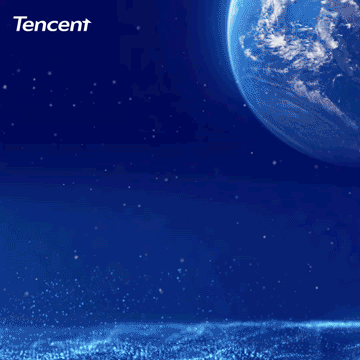
Computing power has grown exponentially over the decades, with tiny chips now able to process mind-boggling amounts of information at unimaginable speed. There is more to come, with the emergence of supercomputers that could turbocharge processor capabilities even further. These HPCs are hybrid systems that combine classic and quantum computing systems and allow for complex problems to be calculated and resolved at extremely high speeds.
HPCs can lead to scientific and technological breakthroughs that will benefit society, including the development of AI applications such as large language models, AI-generated content, autonomous driving and protein structure prediction, which rely on sophisticated deep-learning systems that require huge processing power.
2. Ubiquitous Computing Speeds up the Integration of Humans, Machines and Things
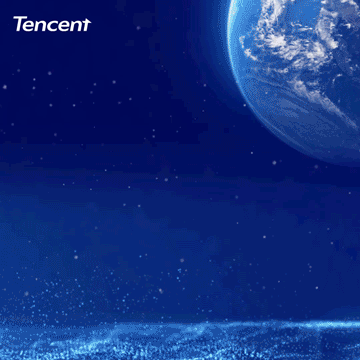
Computers need operating systems to function. Without the critical layer of system software, your computer becomes useless. It’s not just servers, desktop and laptop computers that use operating systems, smartphones do too. The problem is, different operating systems aren’t always compatible, which means that apps and files, for example, may not always work on different devices.
As more of our lives move online, however, we are entering the era of the Internet of Things (IoT). Increasingly connected products and applications such as smart home appliances, lighting, wearable tech, and autonomous cars are accelerating the development of ubiquitous operating systems (UOS) that can be used across a variety of devices. Ubiquitous computing allows us to manage and control a large number of devices from a single point, such as our smartphone, making life easier for users.
3. Cloud Computing Adapts to User Needs
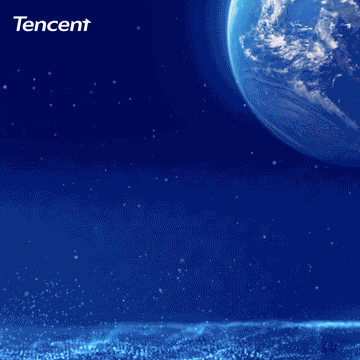
We spend a lot of time in the cloud these days, livestreaming videos, playing games, storing photos, and conducting business. Cloud technology is also critical in helping industries from entertainment to auto-transform and remain competitive.
As demands on cloud services grow, so too do their capabilities and sophistication. Advances in technologies such as AI, big data, and digital twins can improve effectiveness and efficiency, enabling richer cloud-native services that are more refined, heterogenous and better able to be responsive to and meet the needs of different users.
4. Spatiotemporal AI Keeps Cities on the Move
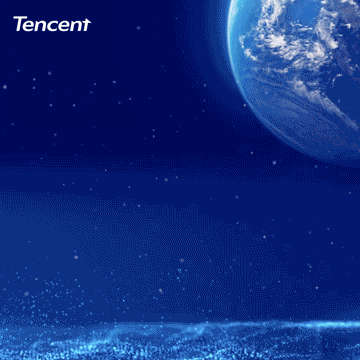
Cities around the world are growing bigger and more complex, posing challenges to governments and planners. Spatiotemporal AI can help by collecting and analyzing data across space and time to predict conditions and changes in such complex environments.
For example, spatiotemporal data can be used to model multiple scenarios at any given moment around transport, public health and safety, crowds, energy use, climate risks and more. It can help smart cities use the technology to realize efficient supply and demand matching of facilities and services.
According to Michael Batty, Fellow of the Royal Academy of Sciences, it has the potential to increase our understanding of how, where, and why we locate and move in cities. It also helps us design and manage the cities of the future to be more sustainable, equitable and efficient.
5. The Software-Defined Energy Networks Make Grids More Efficient
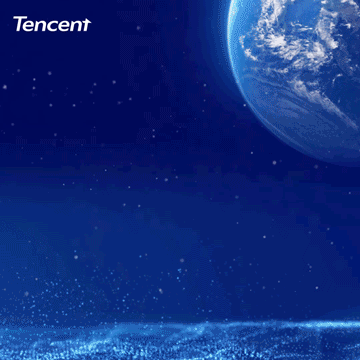
Energy sources and prices came under sustained pressure globally in 2022, making the advent of software-defined energy networks (SDEN) timely. As the name suggests, SDEN use software, often remotely, to manage and control energy supply, distribution, storage and security. It does so by deploying sensors, actuators and other hardware to measure energy consumption and production, along with the cloud, AI and big data to manage distribution.
Digitalizing energy networks provide greater flexibility and efficiency in the allocation of scarce resources, allowing for energy levels to be distributed in a timely and responsive manner according to supply and demand.
SDENs are also an important tool in the incorporation of renewable energy into the electric power grid, using software to achieve grid balance and paving the way for energy systems that are more sustainable and less reliant on fossil fuels.
6. Web3 Opens Up
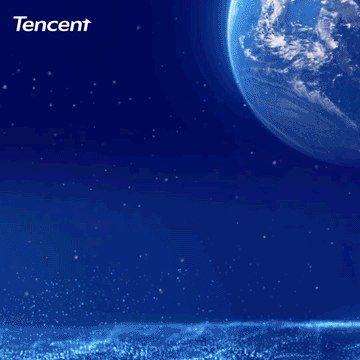
The concept of Web3 may have been in the news recently for the wrong reasons due to volatility in the cryptocurrency and NFT markets, but expect to see continued interest in its applications moving forward.
Web3 is an evolution of the internet to a decentralized, blockchain-based system. It has been used for trading cryptocurrencies such as Bitcoin on platforms such as Ethereum, but its wider use to build a digital economy has been hampered by privacy and scalability issues.
Breakthroughs in the development of software applications by different companies to verify transactions while protecting fundamental privacy, however, address those problems. Efficiencies in verification also help improve the ability to significantly scale up the number of transactions per second, encouraging greater use of Web3 beyond crypto.
7. Robots Develop a Sense of Touch
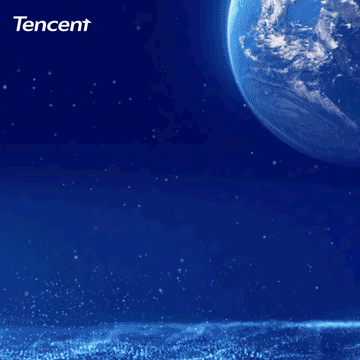
Tactile perception is a major focus of research in the field of robotics. As one of the five forms of perception, the sense of touch plays an important role in a robot’s understanding of its working environment and its characteristics. Such intelligent perception and human-computer interaction is essential for robots to perform complex real tasks in unstructured settings such as homes.
Innovations in flexible materials, flexible electronic technology and machine learning algorithms are expected to lead to greatly improved spatial recognition and accuracy of tactile sensors in the next one to three years. Benefits will flow on to the remote operation of industrial robots, medical surgical robots, simulation training, and space exploration, with the next-generation of interactive, virtual reality prosthesis already in development.
8. Digital Humans Learn to Interact with Real Ones
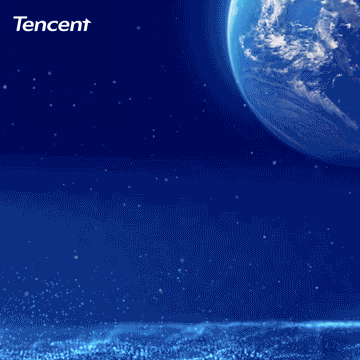
Digital humans were once the stuff of science fiction movies, but their reality is closer than ever. In fact, they are already widely used in digital marketing and entertainment, albeit mostly in non-interactive forms.
And they are getting more advanced, with digital humans in a period of rapid development. In recent years, light field scanning, AI and other technologies have made them more intelligent, with “brains” that allow for sophisticated interaction with real humans. This has the potential to make them applicable beyond gaming, in fields such as tourism, sales and marketing, information and education, and more.
9. Digital Offices Spur Collaboration
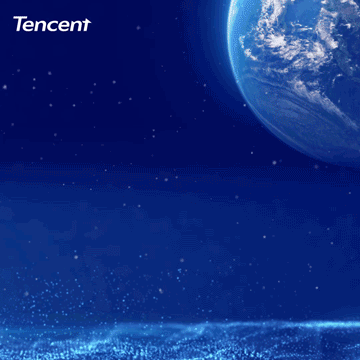
The pandemic might have brought about the rise of work from home and remote working, but as much of the world returns to normal, the practice is here to stay. According to market intelligence company IDC, 70 percent of the world’s 2,000 largest companies will have some form of remote or hybrid office-first work model by 2023.
Companies must have secure and fully functioning digital workplaces that employees can access remotely. This includes cloud platforms, email, messaging, audio and video channels, and other business applications. These help promote the development of digital office collaboration through multimodal means and facilitate collaboration in design, R&D, production, and management.
10. Industrial Security Becomes Integrated
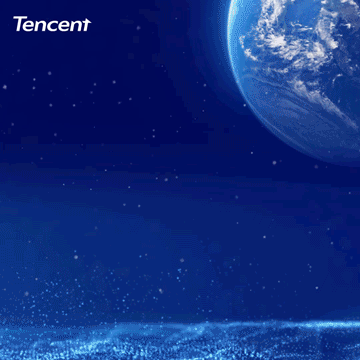
Cybersecurity is a priority for companies and organizations today. The wide application of digital technology across various industries requires the implementation of rigorous infrastructure security, data security, digital industry chain security, and network security measures.
One solution is to provide one-stop, integrated protection using AI, big data, privacy technology and other new concepts to solve emerging security concerns.


